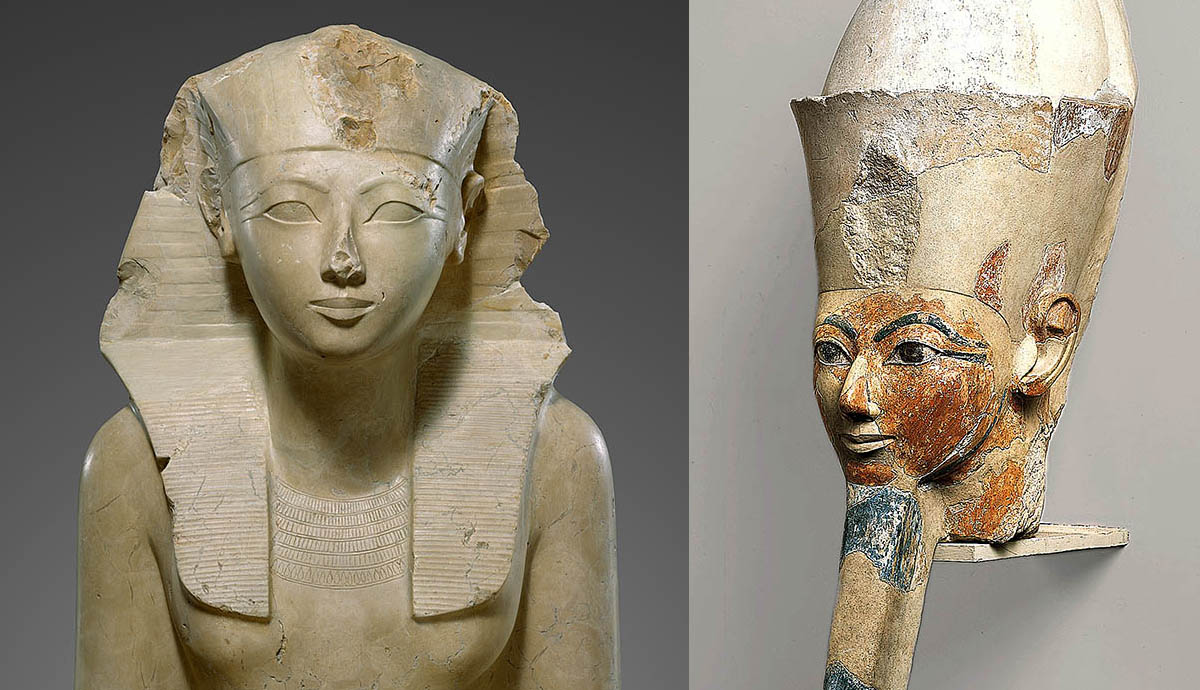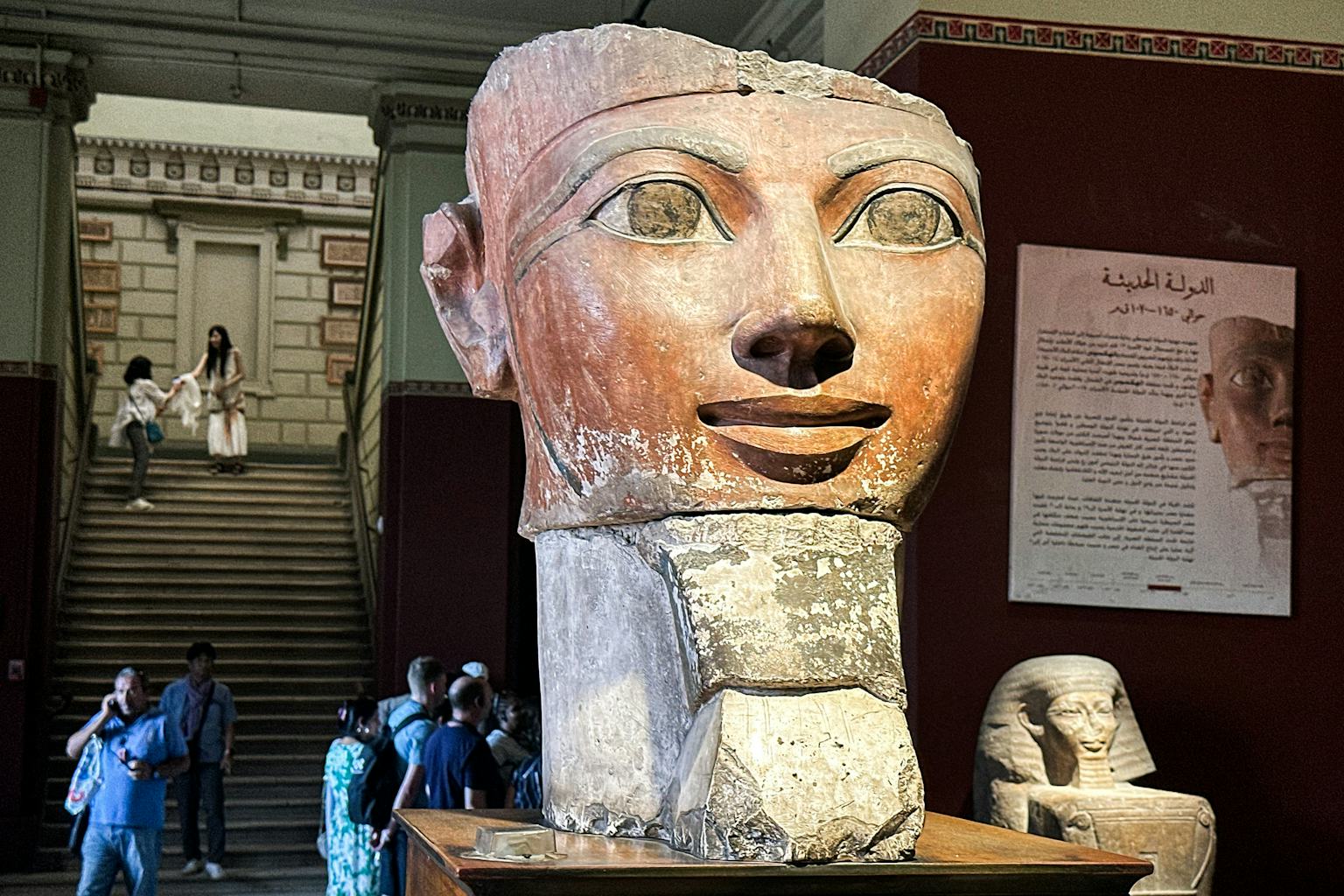In a stunning scientific breakthrough, researchers have finally uncovered the truth behind one of ancient Egypt’s most enigmatic rulers — Queen Hatshepsut, the woman who defied tradition to crown herself Pharaoh. But what began as a triumph of discovery has taken a shocking twist, revealing a dark, tragic secret buried for over 3,400 years.
“This changes everything we thought we knew about Hatshepsut,” said one Egyptologist. “She was not just a ruler — she was a woman caught between glory and tragedy.”
🏺 The Tomb That Held the Truth
The mystery began deep within the Valley of the Kings, inside tomb KV60, a modest burial chamber once overlooked by archaeologists. For decades, the unmarked mummy found there was dismissed as a forgotten servant — until a tooth, discovered in a small wooden box inscribed with Hatshepsut’s royal cartouche, pointed scientists in a shocking new direction.
That tooth fit perfectly into the jaw of the unidentified mummy. Could this be the lost queen herself?
DNA experts, including Dr. Yahia Gad and Dr. Angelique Corthals, set out to prove it. Using advanced mitochondrial DNA extraction — an almost impossible task due to the mummy’s fragile condition — they launched a race against time to uncover the genetic truth.
 🧬 The DNA Breakthrough That Shocked the World
🧬 The DNA Breakthrough That Shocked the World
After years of painstaking analysis, the results were undeniable: the DNA matched. The nameless mummy from KV60 was Queen Hatshepsut — Egypt’s forgotten Pharaoh.
This revelation restored her to her rightful place in history, finally confirming that the woman who once ruled as “King” of Egypt had indeed been found.
“She wasn’t erased by history,” said one researcher. “She was waiting to be rediscovered.”
⚰️ A Hidden Tragedy — The Queen Who Was Killed by Beauty
But the celebration of discovery soon turned to disbelief. CT scans of Hatshepsut’s remains revealed a grim truth — metastatic bone cancer, advanced obesity, and signs of chronic pain. Yet the most disturbing revelation came from a jar of perfumed balm buried beside her.
Chemical analysis showed that the balm contained benzopyrene, a deadly carcinogen — a compound so toxic it’s found today in tar and cigarette smoke.
“It’s likely that she used the balm as a cosmetic or skin treatment,” Dr. Corthals explained. “Ironically, what she thought was preserving her beauty may have hastened her death.”
The woman who built temples to eternity may have been unknowingly poisoned by her own beauty ritual.
👑 The Pharaoh Who Redefined Power
Hatshepsut was no ordinary ruler. Rising above court intrigue and male-dominated politics, she declared herself Pharaoh, adopting the regalia and even the false beard of kingship. But rather than conquer through war, she built — commissioning majestic temples, obelisks, and monuments that reshaped Egypt’s landscape.
Her masterpiece, the temple at Deir el-Bahari, still stands as one of the most breathtaking structures in the ancient world — a monument to her genius and audacity.
Yet her successors tried to erase her from history, chiseling her name from walls and smashing her statues. For millennia, her legacy lay buried — until now.
 🕯️ The Queen Who Would Not Be Forgotten
🕯️ The Queen Who Would Not Be Forgotten
The DNA evidence, the cancer diagnosis, the poison in her perfume — together they paint a portrait of a woman both powerful and vulnerable, divine and human.
Hatshepsut’s story is not just about a queen lost to time — it’s about a woman who defied every rule of her world, only to be betrayed by the very luxuries of her reign.
“She changed what it meant to be a king,” said one historian. “And in doing so, she changed Egypt forever.”
The sands of time have spoken:
Queen Hatshepsut was not erased.
She was rediscovered — brilliant, flawed, and more human than ever.
Her DNA didn’t just confirm her identity — it restored her soul to history.





